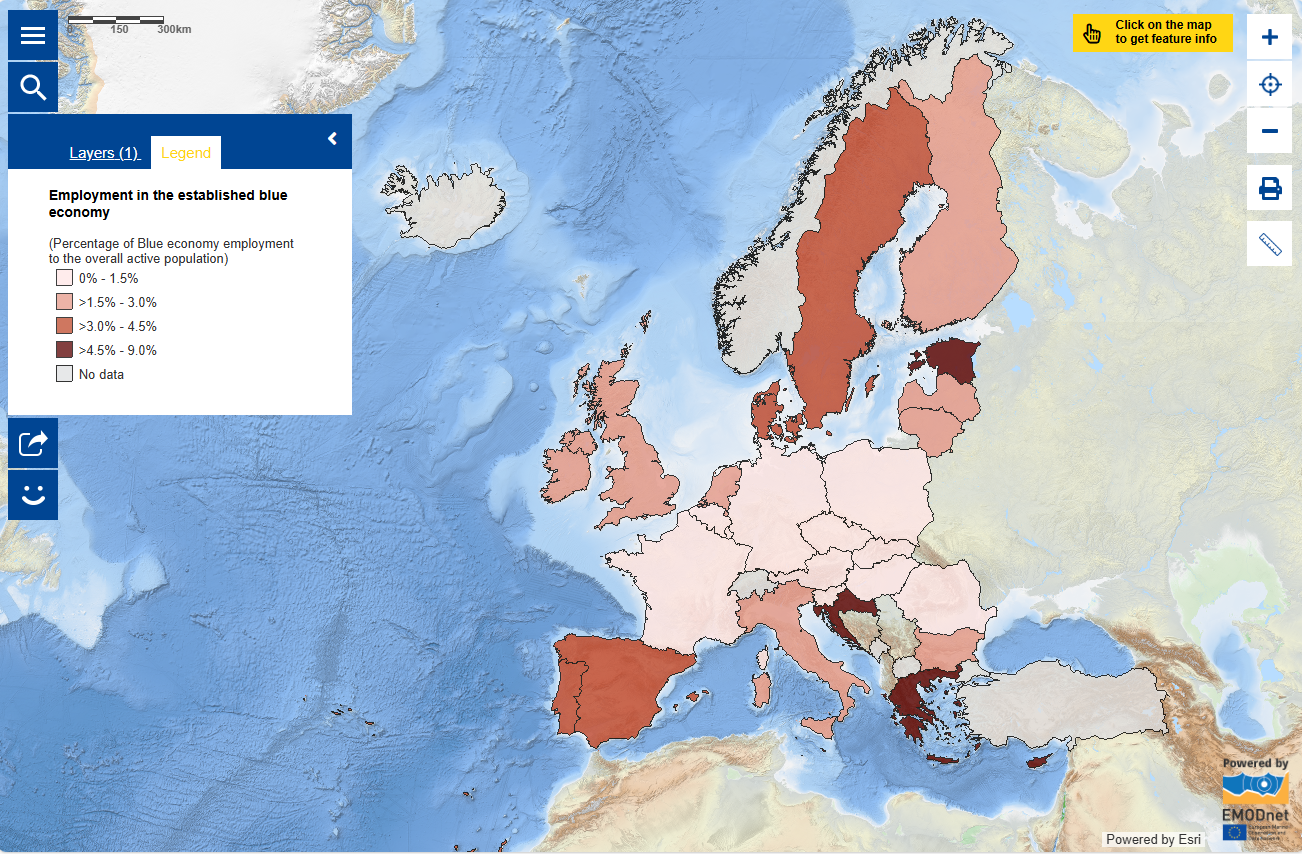
This week, Euronews released an interesting new Ocean episode, in partnership with the European Commission, titled “Nothing goes to waste: Coastal industries are upcycling oyster shells and old fishing nets”. It illustrates how marine industries are finding new ways to turn their waste into treasure. [1] You may also have seen that, last week, Euractiv released a new EU4Ocean podcast - “Community and collaboration are key to ocean literacy projects’ success” – in which Dr Andrea Bozman (winner of the MakeEUBlue Award 2024) and Farhat-Un-Nisá Bajwa (Young Ocean Advocate) talk about their ocean literacy projects, how they came to be, the challenges encountered, and the power of collaboration. The podcast is part of Euractiv’s special report “EU4Ocean Coalition advancing ocean literacy, strengthening communities”. As you may already know, the EU4Ocean Coalition is the European hub for ocean literacy. It brings together more than 1,000 members, including various organisations, projects, and individuals of all ages committed to promoting ocean literacy and sustainable ocean management. Both the podcast and the Ocean episode are great resources to learn more about ocean literacy and the sustainable blue economy. With this week’s Map of the Week, we further explore these topics and how they are linked.
The ocean, seas and coasts are vital economic drivers, generating significant jobs and value. The blue economy in the European Union encompasses a wide range of interconnected established and emerging sectors, including coastal tourism, marine living and non-living resources, port activities, shipbuilding and repair, and maritime transport, providing approximately 3.59 million jobs [2]. This Map of the Week highlights the overall employment in these established blue economy sectors [3], depicting the proportion of blue economy workers related to the overall working population in European Member States. The blue economy sectors hold substantial potential for contributing to sustainable development and prosperity while reducing the human impact on the environment through initiatives like the Sustainable Blue Economy Partnership (SBEP). The Sustainable Blue Economy Partnership (SBEP) is a robust network of 74 pan-European partner institutions spanning 30 countries, along with the European Commission. This partnership aims to pool research and innovation investments and align national programmes at pan-European scale. The SBEP promotes ocean literacy by producing and providing information, tools and opportunities that encourage behavioural and attitudinal changes necessary for the sustainable transformation of Europe’s blue economy [4]. By doing so, the SBEP stimulates the interest in sustainable maritime activities and creates job opportunities within the blue economy.
Interestingly, the SBEP has recently published an Ocean Literacy Toolkit which mentions, amongst many initiatives and resources, the EU4Ocean Coalition and the European Atlas of the Seas! Ocean literacy goes beyond education; it encompasses understanding the ocean’s influence on us and our influence on the ocean and is crucial for informed decision-making and fostering sustainable practices.
Wish to learn more about the links between ocean literacy and the blue economy? Read the two co-written articles authored by members of the EU4Ocean Coalition:
Wish to know more about the blue economy and blue skills?
- Read the preliminary results from the Blue Skills Study;
- Explore the website of the Next Blue Generation project.
Wish to better understand the work of the European Institutions? Visit them on Europe Day on 10 May!
The data in the map are provided by the European Commission.
[3] https://blue-economy-observatory.ec.europa.eu/eu-blue-economy-sectors_en
